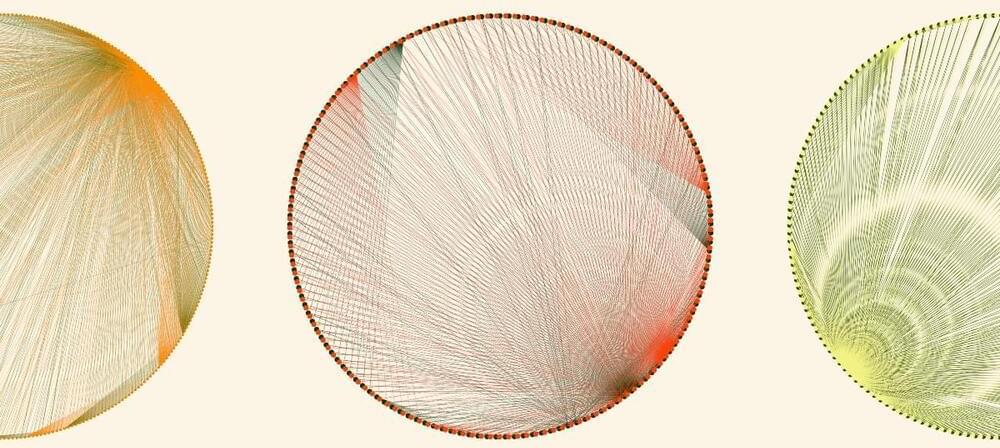In 2,021 Instagram will be the most popular social media platform. Recent statistics show that the platform now boasts over 1 billion monthly active users. With this many eyes on their content, influencers can reap great rewards through sponsored posts if they have a large enough following with this many eyes on their content. The question for today then becomes: How do we effectively grow our Instagram account in the age of algorithmic bias? Instagram expert and AI growth specialist Faisal Shafique help us answer this question utilizing his experience growing his @fact account to about 8M followers while also helping major, edgy brands like Fashion Nova to over 20M.
Full Story:







